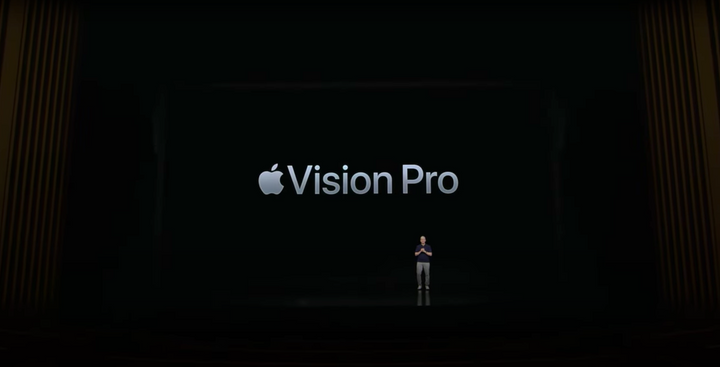Apple's $500 Million 'Batterygate' Settlement: What You Need to Know

Millions of iPhone users filed a class-action lawsuit against Apple after becoming dissatisfied with the company's divisive practice of slowing down older devices, and it has finally reached an agreement to settle. The "Batterygate" lawsuit claimed that Apple slowed down the performance of iPhones with deteriorated batteries to stop them from shutting down unexpectedly. Here is all the information you require regarding the settlement and how it relates to you.
What is 'Batterygate,' and why did it happen?
The problem first surfaced in 2017 when some iPhone users noticed a noticeable slowdown in performance after updating to iOS 10.2.1 or iOS 11.2. Apple later acknowledged that it had implemented a feature that reduced the processor's peak power requirements to safeguard iPhones with aging batteries from unplanned shutdowns. The feature affected the iPhone 6, 6 Plus, 6S, 6S Plus, 7, and 7 Plus models.
Apple insisted that its goal was to increase the usefulness of its products rather than trick customers or pressure them to upgrade their iPhones. The company claimed that changing the battery would return the affected iPhones' performance to standard. However, many customers believed that Apple should have been more upfront about the feature and how it would affect their devices and given them the option to turn it off.
How did Apple respond to the backlash?
As a result of "Batterygate," Apple received harsh criticism and legal challenges from consumers and authorities. The company offered a discounted battery replacement program for eligible iPhone models in December 2017, dropping the cost from $79 to $29 for 2018. The company also apologized for its lack of communication. With iOS 11.3 from Apple, users could also check the condition of their battery and see if it was affecting how well it performed. Users had the choice to turn off the performance management feature if desired.
Apple agreed to pay $113 million in a separate lawsuit over "Batterygate" that 34 states and the District of Columbia filed in November 2020. According to the settlement, Apple had to be honest about the condition of the iPhone battery, how it performs, and how power is managed on its website, in the release notes for software updates, and the settings for iPhones. Additionally, Apple agreed to train and advise its technicians and customer service representatives on battery replacement.
Who is eligible for the $500 million settlement, and what is it about?
US customers with an iPhone 6, 6 Plus, 6s, 6s Plus, 7, or 7 Plus running iOS 10.2.1 or iOS 11.2 filed a class-action lawsuit before December 21, 2017. Apple agreed to settle the case in March 2020 for up to $500 million. The settlement served as a means to resolve the claims without resorting to further litigation rather than an admission of guilt by Apple.
Owners of eligible iPhones who submitted a claim form online or by mail by October 6, 2020, were eligible for the settlement. Users had to fill out a claim form with their contact information, Apple ID or iPhone serial number, and a statement that they had performance issues with their device.
How much money will those who qualify for an iPhone receive?
Depending on the number of approved claims, eligible iPhone owners will receive about $65 per device, according to the settlement website. The precise amount may change depending on how much money remains in the settlement fund after deducting attorney fees, costs, and service awards.
The judge overseeing the case has rejected an appeal from two iPhone owners who attempted to contest the settlement terms so that the settlement payments will be distributed soon. The two payment methods will be checks and electronic payments made with Zelle or PayPal.
What if I still need to submit a claim or miss the deadline?
Unfortunately, you won't be able to get any money from the settlement if you miss the deadline or don't submit a claim. If your iPhone has a degraded battery that impairs performance, you can still use Apple's battery replacement program. To determine whether you require a new battery, go to Settings > Battery > Battery Health. For the iPhone SE (2nd generation), iPhone SE (1st generation), and iPhone 6 through iPhone X models, a replacement battery currently costs $49; for the iPhone XS through iPhone XR models, it costs $69; and for all other eligible models, it costs $79 (current prices).
How can I stop the battery in my iPhone from deteriorating?
Over time, all batteries deteriorate because of things like usage patterns, charging routines, environmental conditions, and age. However, there are some actions you can take to increase the performance and battery life of your device:
- Update your iPhone to the most recent version of iOS, which might have battery performance improvements and bug fixes.
- Avoid subjecting your iPhone to excessively high or low temperatures, especially heat, which can harm the battery.
- Use an iPhone accessory compatible with your device and complies with Apple's performance requirements, such as a certified Apple charger and cable.
- When your battery is running low, switch on Low Power Mode to turn off some features and background activity.
- Disable battery-intensive features and apps, such as Bluetooth, Wi-Fi, GPS, background app refresh, notifications, etc.
- To reduce your display's power consumption, change the auto-lock and screen brightness settings.
- To find out which apps use most of your battery, check your battery usage in Settings > Battery. If necessary, delete or limit the use of these apps.
Visit Apple's support website at https://support.apple.com/en-us/HT201264 for additional advice and details on maximizing the performance of your battery.



